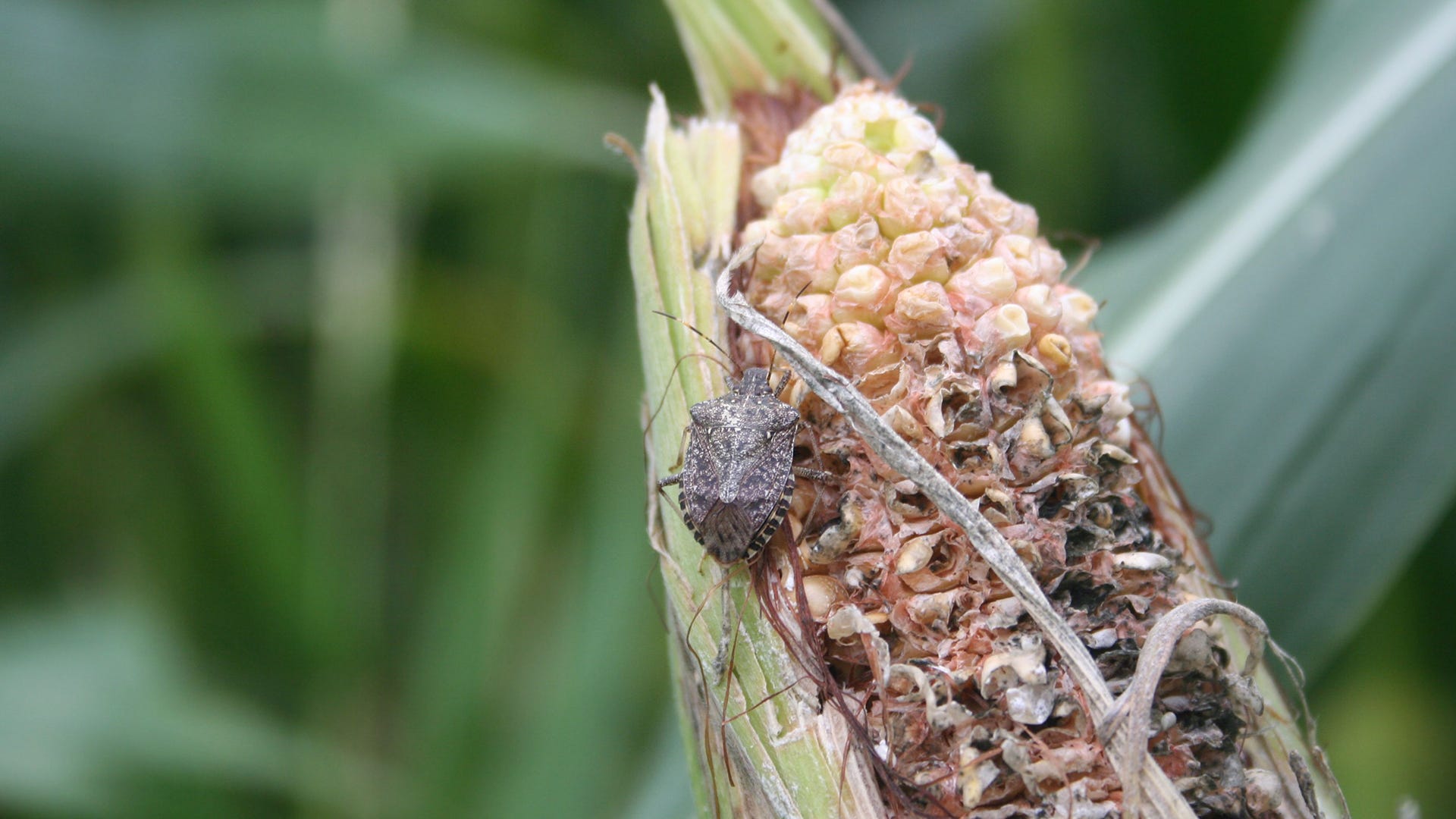Fire ants can turn an incredible time in your yard into an event straight from a nightmare. Anyone who has ever had the misfortune of being stung by a fire ant knows how painful the burning and itching sensations can be. While most people are not allergic to the venom that comes from a fire ant sting, there are those who have severe and sometimes life-threatening reactions. As a result, it’s important to be able to recognize a fire ant sting, its signs and symptoms, and know how to treat them.
All About Fire Ants
Fire ants are a species of ant that produce venom. The most commonly encountered fire ant in the United States is the Red Imported Fire Ant (RIFA). Fire ants are notorious for their painful stings. Contrary to popular belief, the painful bumps fire ants leave on skin are not caused by a bite but a sting.
Fire ants are one of the few ant species that produce venom and sting. These ants will use their mouthparts to latch on to their victim and will then sting using their abdomen. Each sting injects venom into the skin that inflicts a fiery pain that can be sore and itchy for days.
Fire ants live beneath the soil in colonies just like other ant species. Their colonies can extend deep within the soil and will feature many tunnels, runways, and rooms for storage. On the surface of the ground, fire ants build distinctive mounds. These mounds can be found on dry ground in areas with grass or near decks/patios, gardens, or debris that provides shelter. Fire ant mounds resemble loose, fluffy dirt and will typically have no visible entry hole. Mounds are not usually very tall, but they can be built up to one foot in height with either a domed or flat top.

Why Do Fire Ants Sting?
Fire ants sting to protect their colony and their queen. Their mound is their home, where they store food, and their leader’s domain. Worker and soldier ants have an innate sense to protect all of those aspects of their lives and will sting anyone or anything they feel is threatening them.
Signs and Symptoms
Most people have mild, although painful, reactions to fire ant stings. Since most fire ants attack in groups, the stings can look much more severe than they actually are. The following are common symptoms of fire ant stings.
- Intense pinching or burning pain
- Itching lasting hours or days
- Pus-filled, round blisters that resemble pimples
- Quick (within 20 minutes) appearance of these blisters
Severe reactions are rare but should be known in case of an emergency. If left untreated, victims can go into shock. Always call 9-1-1 if any of these symptoms occur.
- Difficulty breathing
- Dizziness or headaches
- Swelling of tongue or throat
- Confusion
- Loss of consciousness
- Nausea or vomiting
How to Treat Fire Ant Stings

Luckily, most people don’t need medical treatment for fire ant stings. If there are no severe symptoms, such as those mentioned above, use the following treatment options.
- Immediately move away from the area with fire ants
- Remove any fire ants still attached
- Wash area with soap and water to remove any dirt and prevent infection
- Use cold compresses to reduce swelling -- 20 minutes on, 20 minutes off
- Relieve itching with over the counter medicine
- If desired, take an antihistamine to reduce swelling
- Apply antibiotic ointments to help prevent infections
While it’s tempting to scratch the bumps, it’s best to leave them alone. Scratching can open the blisters and leave them vulnerable to infection. If any severe reactions occur, call 9-1-1 immediately and watch for signs of shock and trouble breathing. An anaphylactic reaction may require the use of an EpiPen.
If symptoms of fire ant stings do not reduce or go away after several days, medical treatment may be necessary. Contact your physician to determine the best course of action.
Prevention Tips Against Getting Stung
If you can prevent getting stung in the first place, you can save yourself or your pets from lots of pain and itching. Below are many ways you can prevent fire ants from infesting your property and tips for keeping them away.
- Treat Your Lawn -- The second you notice fire ants on your property, it’s time to start treatment. Using a comprehensive approach by implementing mound treatments, perimeter treatments, and fire ant bait will ensure you’re as protected as possible without having to call a professional.
- Wear Protective Clothing -- If you know fire ants are on your property or you’re heading to an area that may have them nearby it’s best to wear protective clothing such as long pants and thick socks. This will give fire ants less opportunity to latch on and sting your skin.
- Keep Kids and Pets Away from Infested Areas -- Fire ants pose a unique threat to kids and pets. It’s harder to keep them away from areas that may be infested, and it can be harder to identify stings on pets. Block off areas with fire ants and treat fire ant infestations on your property early before their populations can grow.
- Check Indoors and Outdoors Regularly -- Fire ants usually inhabit outdoor areas exclusively, but they are known to move indoors if their mounds become flooded. Check your home for cracks and crevices these pests can use as entrances, especially after rainfall, and seal them immediately.
Got Fire Ant Stories?
We want to hear them! Head over to our Facebook page to share your experiences and photos. If ants are a frequent problem on your property, consider signing up for our e-newsletter to receive exclusive deals, a first look at new products, and great tips for keeping your home insect-free. Need more immediate answers? Our learning center offers tips, articles, and lots of in-depth information on a variety of pest insects.





